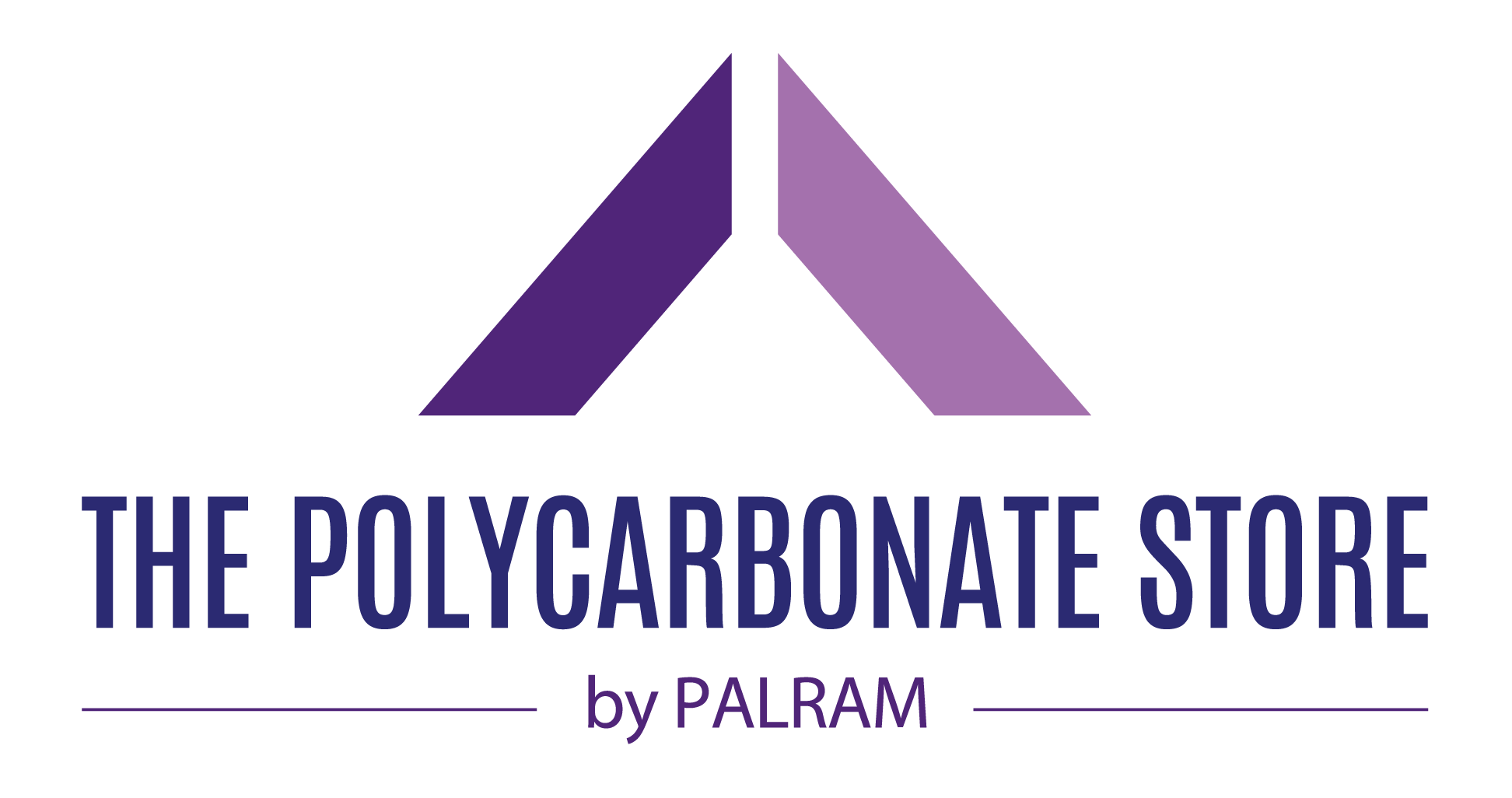Polycarbonate Vs Acrylic: Which is Better?
On the surface polycarbonate and acrylic probably seem incredibly similar - so which material do you choose for your project? In this blog, our team takes you through the properties, uses and benefits of each material to help you choose which is better for your project.
Polycarbonate and acrylic plastics are relatively similar and often serve the same purpose. However, polycarbonate is considerably stronger than acrylic, yet features many of the same other properties of acrylic such as clarity, weather resistance, lightweight and easy manoeuvrability.
Read on to learn more about polycarbonate and acrylic to determine which material best suits your needs.
Which is Better - Polycarbonate or Acrylic?
When deciding which material to use for a project, you often find yourself deciding between two similar contenders. In this case polycarbonate and acrylic. Below we outline what each material is, as well as their benefits to help you determine which is right for your needs.
Polycarbonate
Polycarbonate is a thermoplastic polymer that is incredibly strong, durable, transparent and versatile. Polycarbonate is often used in place of glass because of its high-impact resistance, lightweight and easy manoeuvring.
It is used for a multitude of applications including shed windows, roof panelling and protective sheeting. Polycarbonate has 30 times the resistance of glass, making it a great alternative, offering strength, clarity and protection from the elements.
Learn more about polycarbonate in our dedicated blog, What is Polycarbonate?
Benefits of Polycarbonate
Some of the key benefits of polycarbonate include:
- It’s easy to machine
- It’s strong and stiff
- It’s easy to fabricate
- It’s easy to bond up to 30 times the resistance of glass
- Stronger than most alternatives whilst offering clarity and visibility
Uses of Polycarbonate
Some of the most common uses for polycarbonate include:
- Electrical insulation
- Indoor and outdoor signs
- Skylights
- Face Shields
- Architectural glazing
- POP displays and graphic holders
- Helicopter windows
- Small vehicle protective panelling
- Shed windows
Learn more about the uses of polycarbonate in our dedicated blog.


Acrylic
Acrylic (also sometimes known as Plexiglass) is a strong, clear plastic. Acrylic has glass-like qualities, but is considerably more durable and is half the weight of glass.
Applications are more varied with acrylic simply because of its clarity over polycarbonate and colour options available, including bath enclosures, skylights, furniture, and windows for all types of properties. It is shatter-resistant and therefore offers greater protection than even polycarbonate for products such as security barriers and safety enclosures.
It’s especially useful for sporting events and enclosures because of the clarity it offers across a wide range of colours and the long-lasting elements which prevent staining and yellowing over time.
Additionally, acrylic is technically easier to cut with electric tools, offering a tough plastic which is half the weight of glass. It provides a transparent appearance with a larger choice of colours than polycarbonate.
Benefits of Acrylic
Some of the key benefits of acrylic include:
- Weather resistant
- Retains colour and clarity
- Light refraction
- Half the weight of glass
- It helps increase light through skylights and window panelling
- It can be easily shaped and moulded
- It is perfect for machine drilling or sawing
- Shatter resistant
- Highly durable
Uses of Acrylic
Some of the most common uses for Acrylic Include:
- Windows
- Screens
- Furniture
- Photo frames and other displays
- Shelving
- Display covers
- Signage
- Aquariums
Polycarbonate Vs Acrylic - Key Factors to Consider
Whether you choose polycarbonate or acrylic for your next project ought to depend on a few key factors as outlined below:
Strength
Both acrylic and polycarbonate are stronger than glass and are pretty durable. However, polycarbonate is up to 250 times stronger (acrylic is only 17 times stronger), and is considered to be virtually unbreakable.
Weight
Both polycarbonate and acrylic weigh around 50% less than glass, but there’s not much difference between them. They are both great lightweight options, so other factors will be more important.
Transparency
To the untrained eye, polycarbonate and acrylic will likely look equally transparent. However, upon closer inspection, some kinds of polycarbonate may have a slight tint to it. Additionally, acrylic is naturally shinier than polycarbonate and can easily be brought back to life as it starts to dull over time.
Surface Damage Resistance
Polycarbonate has exceptional damage and impact resistance, however, in terms of surface damage, it will show signs of wear and tear, such as scratches. Acrylic is slightly better for this, but is less durable overall.
Durability
As we said above, polycarbonate has incredible impact resistance and is often said to be virtually unbreakable. Acrylic is also very durable but considerably less so than polycarbonate.
When it comes to durability against the elements, acrylic and polycarbonate are each better in different environments. Typically, acrylic is better against sun damage (although, many of our polycarbonate options are UV resistant!), but polycarbonate is better in cold environments.
Workability
Polycarbonate sheets are easier to work with than acrylic sheets; they are less likely to break when cut, drilled into or shaped as they are considerably stronger. However, because acrylic is somewhat weaker, it’s easier to form.
Choose The Polycarbonate Store for Your Polycarbonate Sheets
At The Polycarbonate Store, we stock a wide range of polycarbonate sheets to suit a large number of applications. Choose between solid polycarbonate sheets, twinwall or multiwall in a range of thicknesses and colours to suit your requirements.
Browse the range today or get in touch with our expert team for tailored advice.


